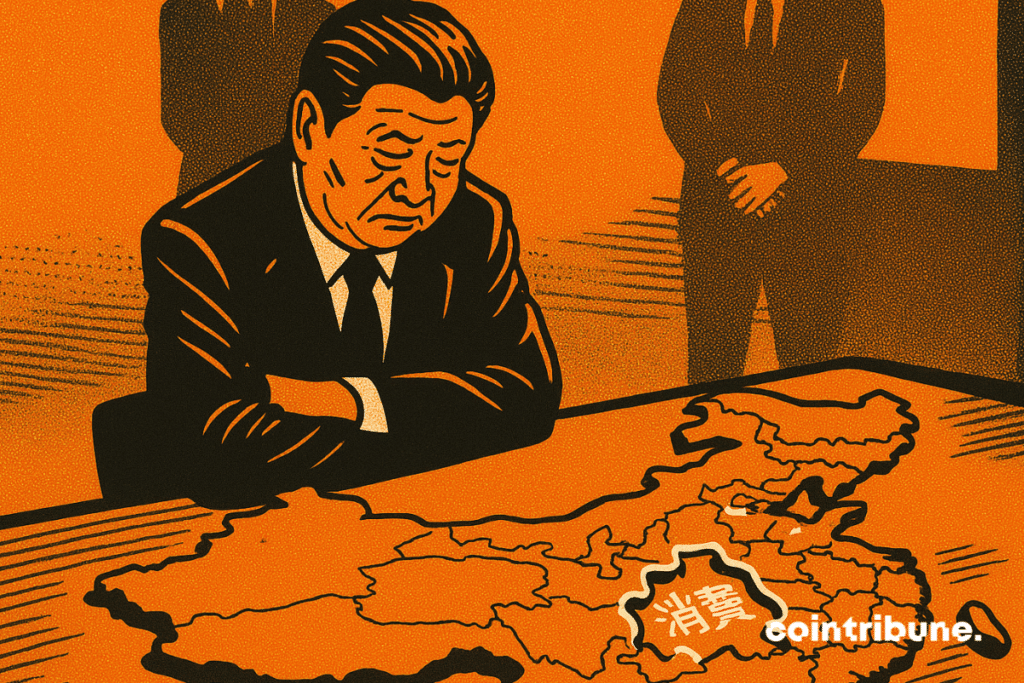China's Economy Stalls Amid Record Drop in Investments
Despite massive budget injections, the world’s second-largest economy is sending multiple warning signals. Beijing indeed wanted to revive growth by focusing on investment and domestic demand. Result: sluggish consumption, a real estate crisis, and a weakened export model.

In brief
- China is experiencing a triple slowdown: consumption, investments, and production decline despite stimulus plans.
- Beijing is initiating a transition towards a domestic economy, but execution remains unclear and uncertain.
The latest published numbers confirm a tense Chinese economy
In China, all indicators suggest a cautious, almost frozen economy. The 1,000 billion yuan injection decided by Beijing is not enough to restore confidence.
Fixed asset investment fell by 1.7% over ten months. This is the worst score since the COVID crisis according to the data. Considered to be the heavy weight of China’s economic growth, the real estate sector is dragging everything down. With stalled construction sites and indebted developers, construction no longer plays its role as a shock absorber.
Industrial production is also slowing: +4.9% in October, down from +6.5% the previous month. Retail sales, a consumption barometer, remain stagnant at +2.9%. They continue their decline for the fifth consecutive month. Despite autumn festivals and an extra holiday, even the automotive sector is shrinking.
Beijing between two models, households at the center of the game
Since Donald Trump’s return to the White House, the trade war has resurfaced. For Beijing, this sounds like a warning: the export model is reaching its limits. Result: the Communist Party is preparing a strategic shift. Goal: significantly increase the share of household consumption in GDP.
But between political will and practical application, a gap persists. The state apparatus continues to favor large public groups and infrastructure at the expense of private producers and households. The transition therefore remains theoretical, hindered by high local debt and declining industrial profitability.
China’s economy is now seeking a second wind. Beijing aims for 5% growth in 2025. Without profound adjustments, however, this target will remain difficult to achieve.
The model change desired by Xi Jinping therefore requires more than a five-year plan. It demands a complete overhaul of economic, social, and fiscal balances. China will soon have to decide to save its economy: invest in its households or endure a lasting slowdown.
Maximize your Cointribune experience with our "Read to Earn" program! For every article you read, earn points and access exclusive rewards. Sign up now and start earning benefits.

My name is Ariela, and I am 31 years old. I have been working in the field of web writing for 7 years now. I only discovered trading and cryptocurrency a few years ago, but it is a universe that greatly interests me. The topics covered on the platform allow me to learn more. A singer in my spare time, I also cultivate a great passion for music and reading (and animals!)
The views, thoughts, and opinions expressed in this article belong solely to the author, and should not be taken as investment advice. Do your own research before taking any investment decisions.